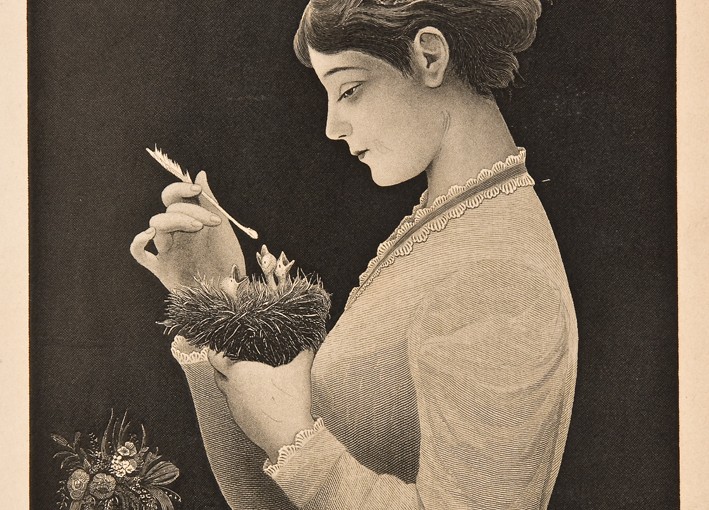In class we’ve talked a lot about Alice growing and her desire to stay a child. At the beginning of Through the Looking-Glass Alice is talking to her cat about punishment and utters, “suppose each punishment was to be going without a dinner: then, when the miserable day came, I should have to go without fifty dinners at once! Well, I shouldn’t mind that much! I’d far rather go without them than eat them!” (116) One reason this statement is problematic is simply because one needs food in order to live. A second reason that this is an important part is that it makes evident Alice’s hopes to not grow, and perhaps shows her desire to avoid being nourished in a sexual way. Though it is not stated directly that the food eaten for these dinners would be sweet, the idea of fifty dinners is a whole lot of food. Eating that would be like a desperate attempt to satisfy some sort of desire. After experiencing quite unpredictable growth in the first half of the book, it makes sense that Alice is scared to become bigger and maybe even outgrow her home. Shortly after that statement, Alice speaks to the kitten about the weather. She says, “Do you hear the snow against the window-panes, Kitty? How nice and soft it sounds! […] I wonder if the snow loves the trees and fields, that it kisses them so gently? And then it covers them up snug, you know, with a white quilt; and perhaps it says, ‘Go to sleep, darlings, till the summer comes again.’ And when they wake up in the summer, Kitty, they dress themselves all in green, and dance about — whenever the wind blows — oh, that’s very pretty” (116-17). There are a lot of different things going on in this passage. First, the fact that she likes that the trees wake up in a changed state, as green beings, reveals something that our assumptions about her may have gotten wrong. Perhaps it’s not the actual act of growing up that Alice is afraid of, maybe she is moreso afraid of the rapid speed at which this growing is taking place. The fact that Alice enjoys the uncontrollable weather, the snow, further suggests that she is not afraid of the inevitable change her body is going through. Adding to this argument her enjoyment that arises about the trees sleeping for such a long time, through a whole spring season. This insinuates that it is, in fact, the rate at which she will experience this change that terrifies her.
A second part of this passage that, when examined, reveals Alice’s beliefs is the banal idea of whiteness representing purity. Snow is the white quilt that would hypothetically cover the trees as they sleep and mature into changed beings. As they emerge into the summer season, the snow is gone. This loss of snow could represent a loss of purity. It is as if snow’s kiss is a goodbye to a young Alice; she is undergoing a change that dictates the rest of her life.



